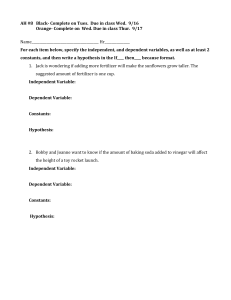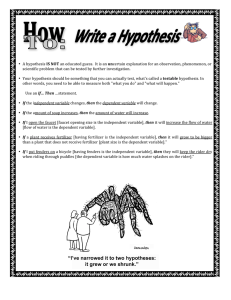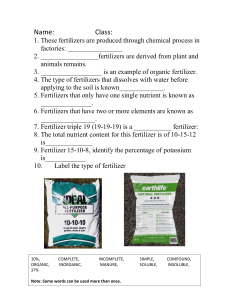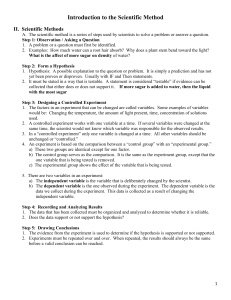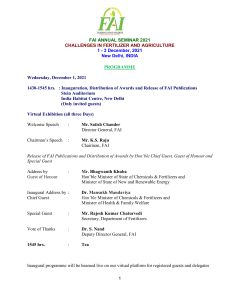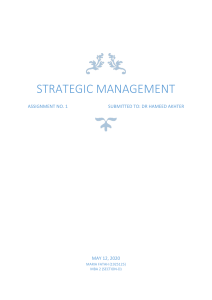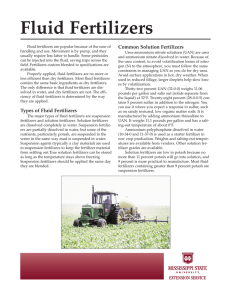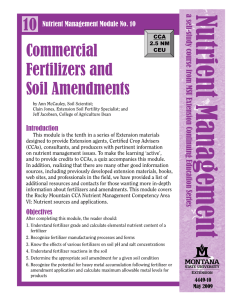http://www.mooreschools.com/cms/lib/OK01000367/Centricity/Domain/2361/Scientific%20Process%20Glossary%20of%20Terms.hubbard.doc
advertisement
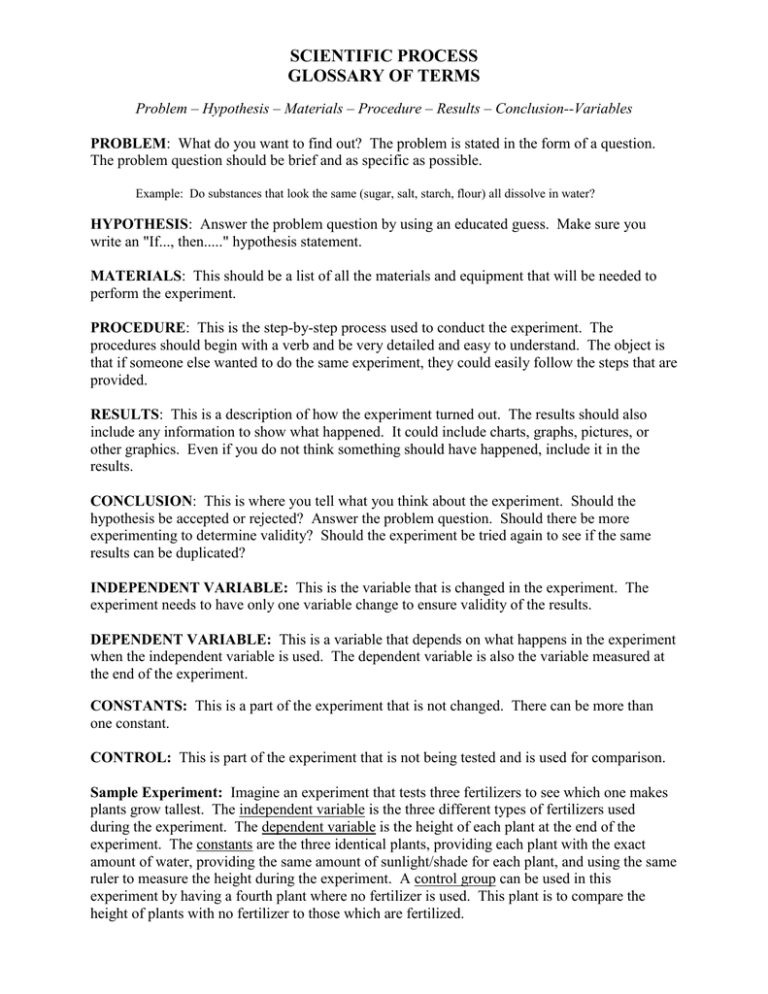
SCIENTIFIC PROCESS GLOSSARY OF TERMS Problem – Hypothesis – Materials – Procedure – Results – Conclusion--Variables PROBLEM: What do you want to find out? The problem is stated in the form of a question. The problem question should be brief and as specific as possible. Example: Do substances that look the same (sugar, salt, starch, flour) all dissolve in water? HYPOTHESIS: Answer the problem question by using an educated guess. Make sure you write an "If..., then....." hypothesis statement. MATERIALS: This should be a list of all the materials and equipment that will be needed to perform the experiment. PROCEDURE: This is the step-by-step process used to conduct the experiment. The procedures should begin with a verb and be very detailed and easy to understand. The object is that if someone else wanted to do the same experiment, they could easily follow the steps that are provided. RESULTS: This is a description of how the experiment turned out. The results should also include any information to show what happened. It could include charts, graphs, pictures, or other graphics. Even if you do not think something should have happened, include it in the results. CONCLUSION: This is where you tell what you think about the experiment. Should the hypothesis be accepted or rejected? Answer the problem question. Should there be more experimenting to determine validity? Should the experiment be tried again to see if the same results can be duplicated? INDEPENDENT VARIABLE: This is the variable that is changed in the experiment. The experiment needs to have only one variable change to ensure validity of the results. DEPENDENT VARIABLE: This is a variable that depends on what happens in the experiment when the independent variable is used. The dependent variable is also the variable measured at the end of the experiment. CONSTANTS: This is a part of the experiment that is not changed. There can be more than one constant. CONTROL: This is part of the experiment that is not being tested and is used for comparison. Sample Experiment: Imagine an experiment that tests three fertilizers to see which one makes plants grow tallest. The independent variable is the three different types of fertilizers used during the experiment. The dependent variable is the height of each plant at the end of the experiment. The constants are the three identical plants, providing each plant with the exact amount of water, providing the same amount of sunlight/shade for each plant, and using the same ruler to measure the height during the experiment. A control group can be used in this experiment by having a fourth plant where no fertilizer is used. This plant is to compare the height of plants with no fertilizer to those which are fertilized.


